Our Hero Products
Kissu Lip Mask – Capuacu butter, Jojoba oil & Rice Bran
Hair Oils Based on Your Hair Porosity

Did you know choosing the right hair oil can make all the difference? Hair porosity, which determines how well your hair absorbs and retains moisture, plays a significant role in selecting the perfect oils. Here, we’ll discuss hair porosity, how to test it, and how it affects the way you treat your hair.
What Is Hair Porosity?
Hair porosity refers to your hair’s ability to absorb and retain moisture. It’s determined by the structure of your hair cuticle, the outermost layer of the hair shaft. Hair porosity is typically categorized into three types: low porosity, normal porosity, and high porosity.
Understanding your hair’s porosity is important because it helps you choose the right products, including oils, to maintain its health. The right oils can nourish your hair, improve its elasticity, and bring out its natural shine.
Different Types of Hair Porosity
Low Porosity Hair
Low porosity hair has tightly packed cuticles that resist moisture absorption. As a result, it often feels dry, and products may sit on the hair rather than being absorbed. It can also be prone to product buildup.
Normal Porosity Hair
Normal porosity hair strikes a balance between absorption and retention. It’s less prone to dryness and damage, making it relatively easy to care for. This hair type can accept a wide range of products and treatments.
High Porosity Hair
High porosity hair has raised cuticles that absorb and lose moisture quickly. It often appears dry, frizzy, and may be prone to damage. It can be challenging to maintain moisture in high porosity hair.
Testing Your Hair Porosity
The Float Test
One of the easy method to check your hair porosity. Take a glass of water and a strand of clean, freshly washed hair. Gently place the hair strand in the water and observe its behavior:
- If the hair strand immediately sinks to the bottom, you likely have high porosity hair. The raised cuticles allow water to be absorbed quickly.
- If the hair strand floats in the middle, your hair’s porosity is normal. It strikes a balance between absorption and retention.
- If the hair strand remains at the surface, your hair is likely low porosity. The tightly packed cuticles resist water absorption.

The Slip ‘n Slide Test
Another method to determine your hair’s porosity is the slip ‘n slide test. Run a finger along a strand of your hair, starting from the tip and moving towards the root. Pay attention to the texture:
- If your finger easily slips along the strand, your hair is low porosity. The cuticles are smooth and tightly packed.
- If you feel slight resistance, your hair likely has normal porosity. The cuticles allow some but not excessive moisture absorption.
- If your finger encounters significant resistance or a rough texture, you probably have high porosity hair. The raised cuticles create friction.
Importance Of Oiling Your Hair
Hair oiling acts as a protective shield against external damage, while simultaneously promoting the overall health of both your hair and scalp. Oiling your hair nourishes your strands from root to tip. It helps to repair damage, prevent hair loss, and stimulate hair growth. When massaged into the scalp, it also improves blood circulation, which can boost hair growth.
Dry and brittle hair can lead to breakage, but regular oiling infuses your hair with much-needed moisture. Oils help to lock in water molecules, keeping your hair hydrated and soft. A healthy scalp is the foundation of strong and vibrant hair. Oiling helps to balance the scalp’s oil production, reducing dandruff and preventing dryness or excess greasiness.
Benefits
- Moisturization: Oiling your hair helps lock in moisture, preventing dryness and reducing the risk of split ends.
- Improved Scalp Health: A well-oiled scalp is a happy one. It can help soothe irritation, combat dandruff, and maintain a balanced oil production.
- Strengthening: Oils provide a protective layer that shields your hair from damage, be it from the sun, pollution, or heat styling.
- Promoting Growth: Oiling your hair can stimulate blood flow to the hair follicles, promoting hair growth. To know more click here!
Perfect Oils for Different Porosity Hair
Low Porosity Hair
If your hair has low porosity, you’ll want to go for lightweight oils that can penetrate those resistant cuticles without making your hair greasy.
- Argan Oil: Known for its hydrating properties, argan oil is an excellent choice for low porosity hair. It provides the much-needed moisture without the weight.
- Grapeseed Oil: This oil absorbs quickly and provides moisture without leaving any heavy residue behind.
- Almond Oil: Rich in vitamins and fatty acids, almond oil is a great option for maintaining the health of your low porosity hair.
Normal Porosity Hair
With normal porosity hair, you can mix and match a wide range of oils.
- Olive Oil: This can help maintain your hair’s balance by providing moisture and shine without overwhelming it.
- Sweet Almond Oil: It’s an all-rounder that keeps your hair hydrated, soft, and nourished.
- Jojoba Oil: Jojoba oil mimics the natural oils produced by your scalp, making it a great choice to maintain your hair’s equilibrium.
High Porosity Hair
To keep your high porosity hair well-moisturized and protected, consider these oils:
- Coconut Oil: It creates a barrier that locks in moisture, helping to prevent excessive moisture loss.
- Shea Butter: Shea butter is rich and nourishing, offering intense moisture for high porosity hair, and it’s excellent for sealing in hydration.
Conclusion
Hair oiling is powerful practice that can transform the health and appearance of your hair. Whether you have low, normal, or high porosity hair, there’s an ideal oil waiting to provide the care your hair needs. The key is understanding your hair and choosing the right elixir. Use the tests we’ve discussed to determine your hair’s porosity and set begin a path to provide your hair with the best possible nourishment and care. Healthy hair, happy you!




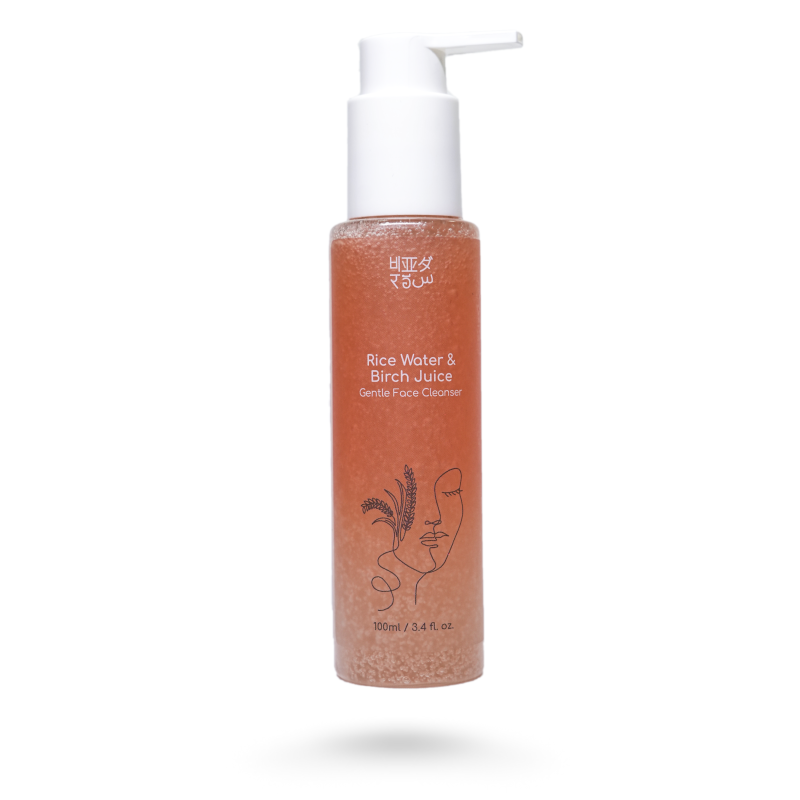

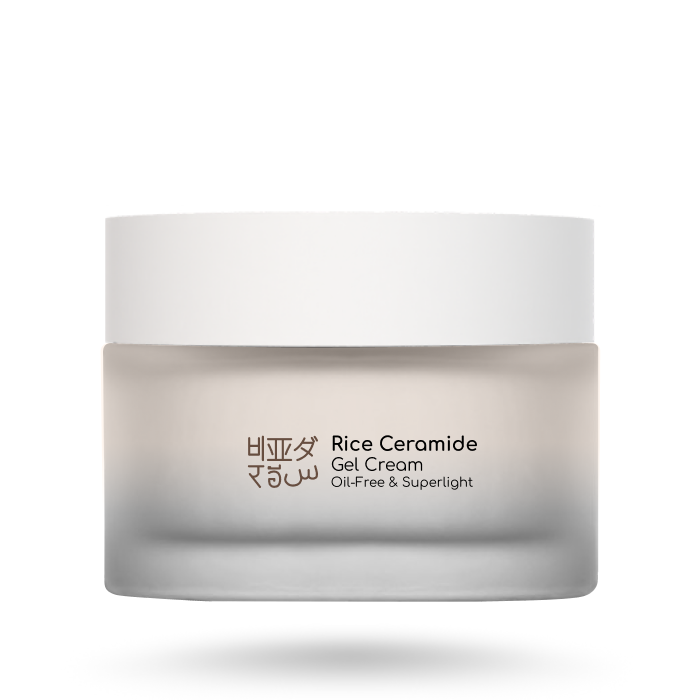
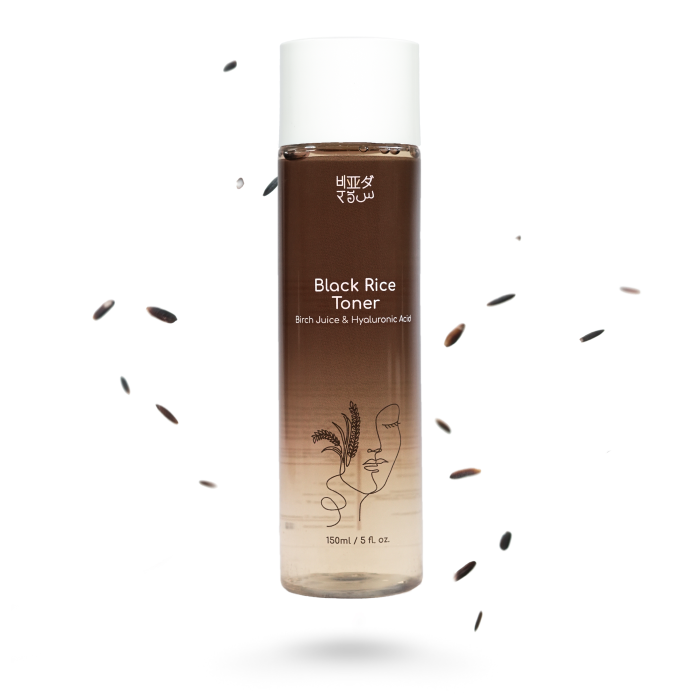


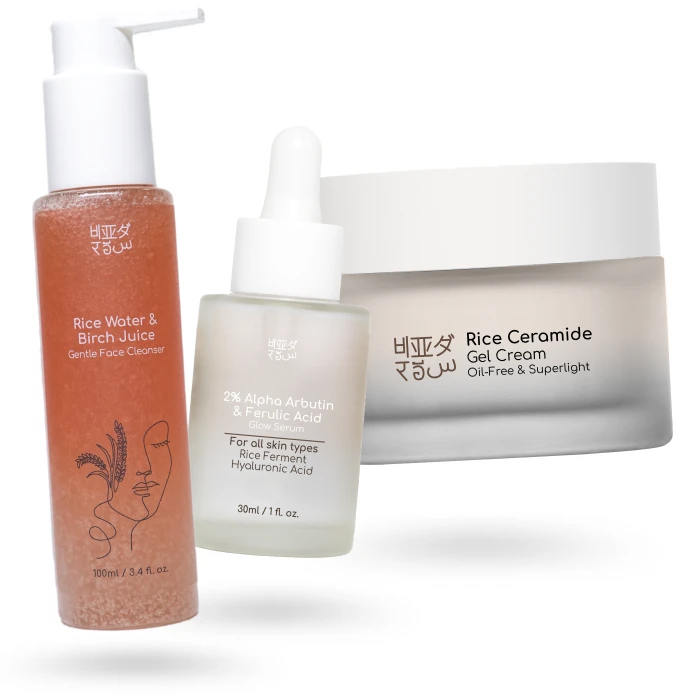








 Gentle Face Cleanser - Rice Water & Birch Juice
Gentle Face Cleanser - Rice Water & Birch Juice
 Black Rice Toner - Hyaluronic Acid
Black Rice Toner - Hyaluronic Acid
 Face Glow Serum - Alpha Arbutin & Ferulic Acid
Face Glow Serum - Alpha Arbutin & Ferulic Acid
 Rice Ceramide Gel Cream
Rice Ceramide Gel Cream
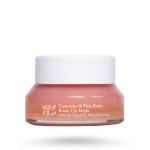 Kissu Lip Mask - Cupuacu & Rice Bran
Kissu Lip Mask - Cupuacu & Rice Bran
 Hair Growth Serum - Redensyl, Anagain & Rosemary
Hair Growth Serum - Redensyl, Anagain & Rosemary






